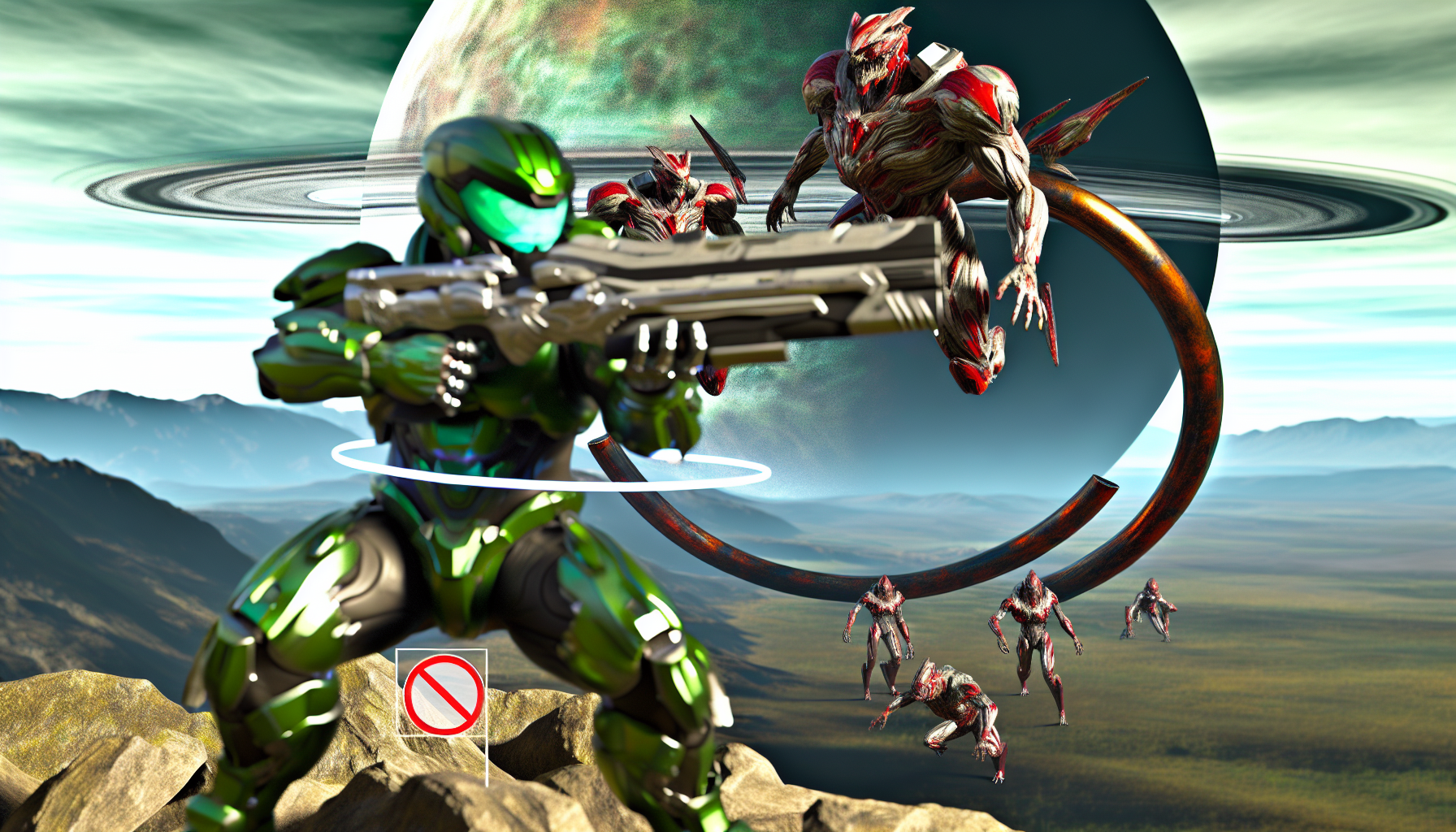Building Your First Game with the Steam Game Engine: A Step-by-Step Tutorial
This tutorial provides a comprehensive guide for beginners looking to create their first game using the Steam Game Engine. We’ll walk you through the entire process, from setting up your development environment to deploying your finished product. While the Steam Game Engine, or rather, the broader Steamworks ecosystem, offers robust tools for game development and distribution, this tutorial focuses on the fundamental steps needed to build a simple game, providing you with a solid foundation for more complex projects. Whether you are a complete novice or have some prior programming experience, this step-by-step approach ensures you’ll learn the core concepts effectively and efficiently. We will cover project setup, basic scripting, integrating assets, and finally, building and preparing your game for testing. Get ready to embark on your game development journey!
Setting up your Development Environment
Before you begin, you’ll need to download and install the Steam Game Engine SDK. This SDK contains all the necessary tools and libraries required to build your game. Ensure you have a compatible version of Visual Studio or another supported IDE. Once installed, create a new project within the Steam Game Engine. You’ll be prompted to choose a project template; for your first game, a simple 2D template is a great starting point. Familiarize yourself with the project structure; understand the roles of different folders and files within the project. This initial setup is crucial for smooth workflow later on.
Basic Scripting and Game Logic
The Steam Game Engine primarily utilizes C++ for scripting, although other languages might be supported through plugins. Learn the fundamentals of C++ or utilize the scripting language you’re most comfortable with. Start with simple scripts that control basic game mechanics. For example, create a script that moves a sprite across the screen. This will involve using the engine’s API to access and manipulate game objects. Focus on understanding fundamental programming concepts like variables, loops, and conditional statements within the context of game development. Practice creating simple interactions and animations to build your understanding of the engine’s capabilities.
Integrating Assets and Creating Visuals
Now, it’s time to bring your game to life visually! Import your assets—sprites, sounds, and music—into your project. The Steam Game Engine provides tools to manage and organize your assets efficiently. Learn how to correctly import and reference these assets within your scripts. You might want to start with simple 2D assets, easily created using free tools like Aseprite or Piskel. Experiment with different animation techniques to bring dynamism to your game. Remember to keep your assets organized for easy management and future scaling.
Building and Testing Your Game
Once your game logic and visuals are in place, it’s time to build and test. The Steam Game Engine provides tools for building your game into an executable file. Run the executable to test your game’s functionality and identify any bugs or issues. Thorough testing is crucial; iterate on your code, fix bugs, and improve your game’s performance based on your testing results. Use various devices and configurations for testing to ensure compatibility.
Deployment and Distribution
After rigorous testing, you’re ready to consider deployment and distribution. While deploying to Steam requires further steps beyond the scope of this basic tutorial, you can certainly test your game on other platforms. Understanding the process of building a distributable version of your game is essential for sharing it with others. Experiment with different testing environments and consider gathering feedback to refine your game before a wider release.
| Stage | Key Tasks | Challenges |
|---|---|---|
| Setup | Install SDK, Create Project | Understanding IDE integration |
| Scripting | Learn C++, Implement Game Logic | Debugging, Logic Errors |
| Assets | Import, Organize, Use Assets | Asset Management, Performance |
| Building | Compile, Test, Refine | Bug fixing, Optimization |
| Deployment | Prepare for Distribution (Initial testing) | Platform compatibility |
Conclusion
Creating your first game with the Steam Game Engine might seem daunting initially, but by following these steps, you’ve learned the fundamental processes involved. From setting up your development environment and writing basic scripts to integrating assets and testing your game, this tutorial provides a solid foundation. Remember that game development is an iterative process; expect challenges, learn from mistakes, and continuously refine your game based on testing and feedback. This tutorial only scratches the surface; explore the extensive documentation and community resources to further enhance your game development skills. You’ve taken the crucial first step; now, continue to build upon this foundation to create more ambitious and exciting games in the future. Embrace the learning curve and enjoy the journey of bringing your game ideas to life!
Image by: Tima Miroshnichenko
https://www.pexels.com/@tima-miroshnichenko


